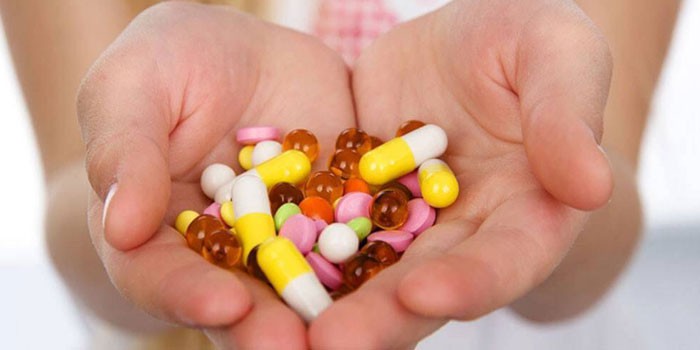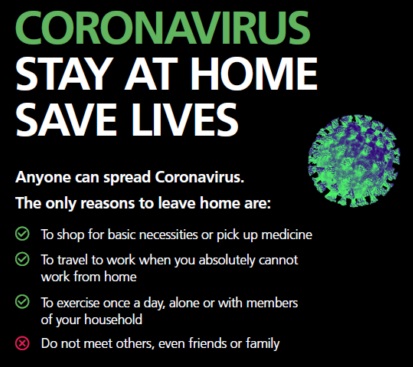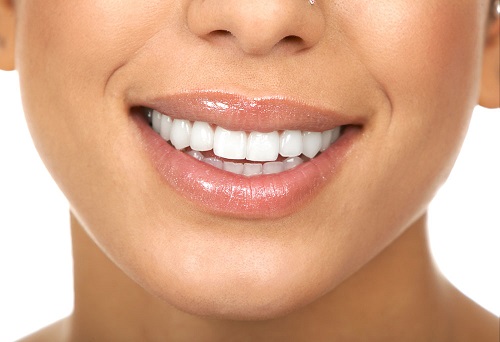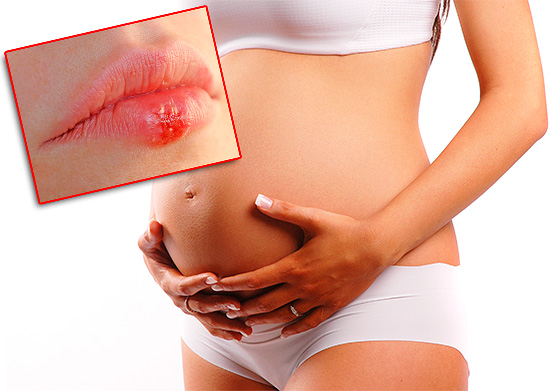Content
- What is adenovirus infection?
- Adenovirus infection – symptoms
- Adenovirus infection – diagnosis
- Adenovirus infection – treatment
- How to treat adenovirus infection?
- Adenovirus infection during pregnancy
- Complications of adenovirus infection
The concept (B34.0, ICD code 10) was first proposed in 1956 by scientists Anders and Francis. Since then, it has firmly entered into medicine and has been used to this day. A disease of this type affects mainly children and youth. If the diagnosis is made quickly and quality treatment is prescribed, negative consequences can be avoided..
What is adenovirus infection?
At their core, adenoviral diseases are a subspecies of ARVI. The role of the pathogen are viruses that contain DNA. The disease makes itself felt mainly in the cold season, it affects the mucous membranes of the organs of the respiratory and ocular systems, of the intestine. In studying the question of what is adenovirus, the concept of “pharyngoconjunctival fever” is appropriate.
Adenovirus infection – symptoms
In children and adults, the symptoms of adenovirus infection appear approximately the same. The disease is characterized by:
- headache;
- cough;
- dyspnea;
- pain and pain in the eyes, inflammation, profuse mucous discharge;
- intoxication of the body;
- pharyngoconjunctival fever;
- chills;
- diarrhea;
- discomfort in the navel (predominantly paroxysmal pain);
- aching pain in the bones (in the right iliac region);
- swelling of the nasolabial sinuses;
- fever;
- enlarged lymph nodes;
- conjunctivitis.
In infants, against the background of fever, convulsions may develop, to stop attacks of which, in order to avoid complications, it is necessary to immediately. At this age, the symptomatic picture is not too pronounced, therefore intestinal dysfunction and increased body temperature may indicate the need to show the child to a specialist.
Laryngopharyngotracheitis
Against the background of infection progression, laryngopharyngotracheitis or damage to the larynx begins up to the bronchi. It is characterized by: dry “barking” cough, constant wheezing on inhalation and exhalation, cyanosis of the nasolabial triangle, shortness of breath and hoarseness of voice. If treatment is not started in time, the primary disease will develop into persistent bronchitis, sometimes of a chronic type.
Adenovirus infection of the eye
Adenovirus infection of the eyes can be caused by adenovirus of various types. The disease is transmitted by airborne droplets or by non-observance of personal hygiene. The main signs of the presence of adenovirus infection are:
- intolerance to bright sunlight;
- profuse lacrimation;
- redness of the mucous membrane of the eyes;
- itching, burning;
- foreign body sensation.
Adenovirus infection of the eye affects one visual organ, and soon (in the absence of proper treatment) provokes the development of complications. The most common of these are bacterial or allergic conjunctivitis and dry eye syndrome. The disease often goes into a stagnant chronic form, which will be much more difficult to completely cure.
Adenovirus rash
Such a symptom as fullness with adenovirus infection manifests itself mainly in infants. Initially, rashes affect the face, gradually spreading throughout the body. The rash goes away up to several weeks and if you do not expose the inflammation to mechanical stress, they leave no traces. Hydrocortisone ointment, which has anti-inflammatory effect, will help speed up the disappearance of adenoviral papules. An alternative to it is prednisone ointment, which gives a similar result, but based on a different active substance.

Adenovirus pneumonia
Acute adenoviral pneumonia involves the progression of the same infection in the patient’s body, to which the secondary bacterial flora joins. The causative agent has more than 40 varieties that affect patients of different age groups. Worst of all, due to the lack of immunity, the disease is carried by children under 5 years old. Such pneumonia is transmitted by airborne droplets and fecal-oral routes..
Angina and conjunctivitis at the same time
Viral tonsillitis and conjunctivitis are very common at the same time if adenovirus provokes a respiratory tract disease. It is important to address the problem comprehensively, eliminating not only the symptomatic picture, but also the pathogen itself. For these purposes, polyionic crystalloid solutions, antihistamines and antibiotics, taken according to a scheme strictly defined by the doctor, are excellent. Otherwise, it is highly likely that conjunctivitis will become chronic.
Acute rhinopharyngotonsillitis
Clinically, upper acute rhinopharyngotonzillitis of a bacterial nature is practically no different from its viral equivalent. A throat swab will help to accurately diagnose the form. Its results will allow to form a clinical picture and prescribe effective treatment to the patient. The incubation period lasts from 1 day to two weeks, after which the clinic of the disease manifests itself in full.
Adenovirus infection – diagnosis
The disease has characteristic symptoms, so the doctors manage to make a diagnosis based on visible clinical manifestations and patient complaints. If there is an atypical course of infection, in addition, in order to detect antibodies, differential diagnosis with infectious mononucleosis is carried out. During seasonal epidemics, adenovirus infection is diagnosed using a virological research method. A sample is a washout from the nasopharynx mucosa.
Adenovirus infection – treatment
Often the treatment of adenovirus infection is carried out in the patient’s usual home environment and does not require hospitalization. The exception is cases of severe course or a sharp occurrence of complications. Specific treatment methods have not yet been developed, and classic antiviral drugs do not bring the desired result. Only symptomatic agents are prescribed to the patient.
Adenovirus infection in children
Competent treatment – an adenovirus infection in a child involves complications – this is a mandatory request for help from a pediatrician. After conducting an initial examination of a small patient, the doctor will correctly select not only the main drugs, but also the age-related dosages of each of them. Quickly overcome adenovirus in children without subsequent complications will help:
- Bed rest. Young children may develop cramps amid high fever and fever. For these purposes, parents should have antipyretic drugs effective for a particular patient.
- The fight against cough. Mucolytic drugs are called to ensure the discharge of sputum against the background of infection. In the fight against dry adenoviral cough, it is better to use folk remedies: milk with the addition of drinking soda, alkaline mineral water. Very willingly the child will drink fruit drinks.
- Regular eye treatment. To eliminate the effects of inflammation of the conjunctiva, a weak solution of potassium permanganate or furatsilina is used. In the need to overcome adenovirus infection of the sclera, eye drops will also help, which should be used according to the scheme prescribed by the doctor.
- The treatment of the common cold. Vasoconstrictor drops are required, but such treatment should last no more than 5 days. For these purposes, a solution of deoxyribonuclease or its counterpart, a solution of sodium sulfacyl, is well suited..
Adenovirus infection in adults – treatment
According to the principle of exposure, the treatment of adenovirus infection in adults is not too different from the children’s version. The problem is that an adult is less responsible for maintaining health, so he often goes to the doctor with a neglected form. In this case, he is prescribed an antibiotic that stops the spread of the virus and prevents the development of complications from infection. Like a child, an adult should remain in bed until the temperature returns to normal. You can go out after the disappearance of symptomatic manifestations of infection.
How to treat adenovirus infection?
Traditional medicine involves a medical treatment method that gives a guaranteed positive result. However, patients are increasingly paying attention to alternative folk remedies for treating the infection, completely replacing them with classic drugs. With the help of herbs and decoctions, you can alleviate the symptoms and somewhat speed up the healing process. Only medications can overcome the adenoid virus. Alternative medicine can be used as an auxiliary, but the final decision on how to treat adenovirus infection is made by the doctor.
Antiviral drugs for adenovirus infection
Effective antiviral drugs for adenovirus infection currently exist in small numbers, so they are prescribed extremely rarely. An exception to the rule may be medications from the group of recombinant interferons that protect healthy cells from the penetration of the virus. In addition, they improve the state of the cells of the immune system, helping them to detect the virus faster and fight it more actively. In combination with other drugs, antiviral agents help to avoid the development of complications..
Antibiotics for adenovirus infection
Traditionally, antibiotics for adenovirus infection are used for:
- no improvement for more than 3 days;
- attaching secondary microflora.
For these purposes, a local broad-spectrum antibiotic, successfully used in combination with an antiviral drug, and its systemic equivalent, which are often based on colloidal solutions, are perfect. A significant disadvantage of the latter is the fact that such an antibiotic involves only intramuscular or intravenous administration. This makes the use of drugs, carrying out the treatment of adenovirus, very problematic for children..
Adenovirus infection during pregnancy
There can be many undesirable consequences of adenovirus infection during pregnancy:
- miscarriage;
- pathology;
- premature birth;
- embryo retardation.
The percentage of development of pathologies in an unborn baby is small, so the expectant mother should not panic, but immediately seek help from a medical professional. The first trimester of pregnancy is considered the most dangerous, when even a minor infection, including the adenoid virus, can cause complications. However, a properly prescribed drug complex and vitamins minimize this probability..
Complications of adenovirus infection
Traditionally, the adenoid virus leaves without a trace and does not cause any consequences. With complications, more powerful drugs and detoxification therapy are simply prescribed. However, with improper treatment, the patient may be disturbed:
- angina;
- mesadenitis;
- muscle pain
- pneumonia;
- hyperplasia of the lymphoid tissue of the intestine;
- joint pain
- immunosuppression;
- conjunctival hyperemia;
- exacerbation of chronic diseases, etc..
Proper prevention can help to avoid complications. In the cold season, when the body is especially vulnerable, an adult and a child should include vitamin-containing foods in their diet. In addition, it is important to avoid crowded places during epidemics. The respiratory virus is wave-like, so the peak incidence occurs several times during the season.
Similar articles
- Hemorrhagic vasculitis in adults and children. Causes, symptoms and treatment of hemorrhagic vasculitis
- Atopic dermatitis in children – treatment with folk remedies and medications. Causes and symptoms of atopic dermatitis in a child, video and photo
- Sinusitis – symptoms and treatment at home. Sinusitis in adults and children














